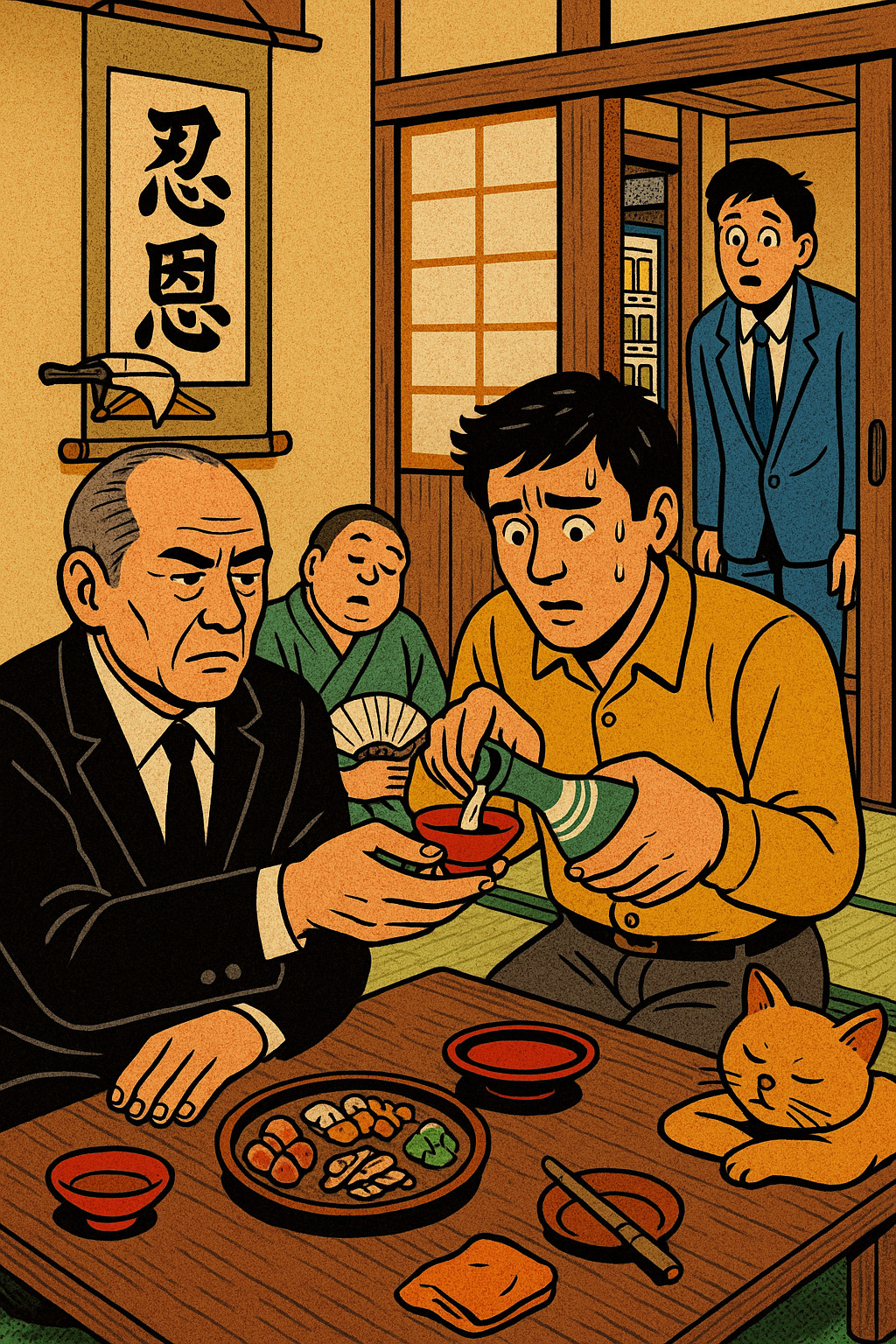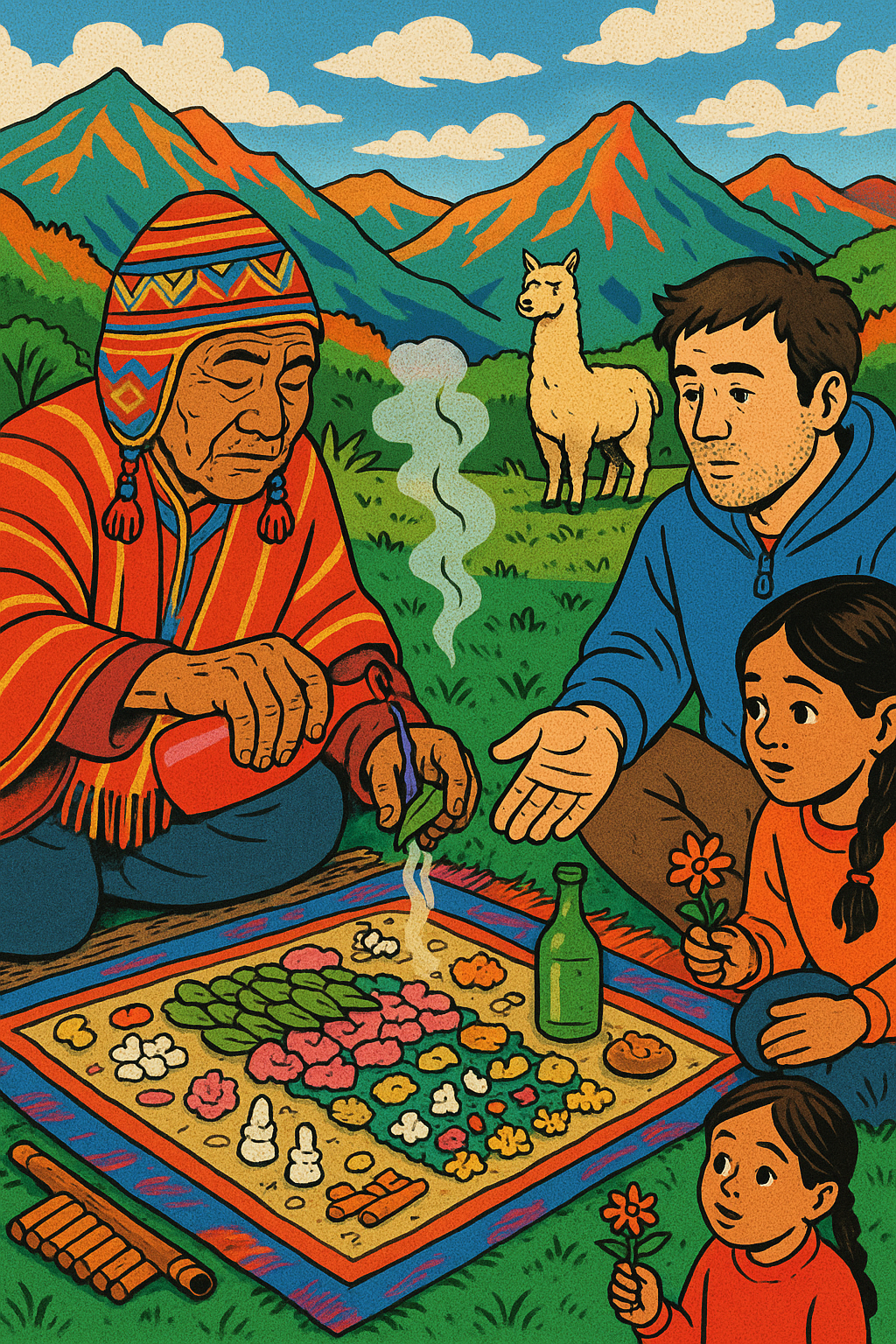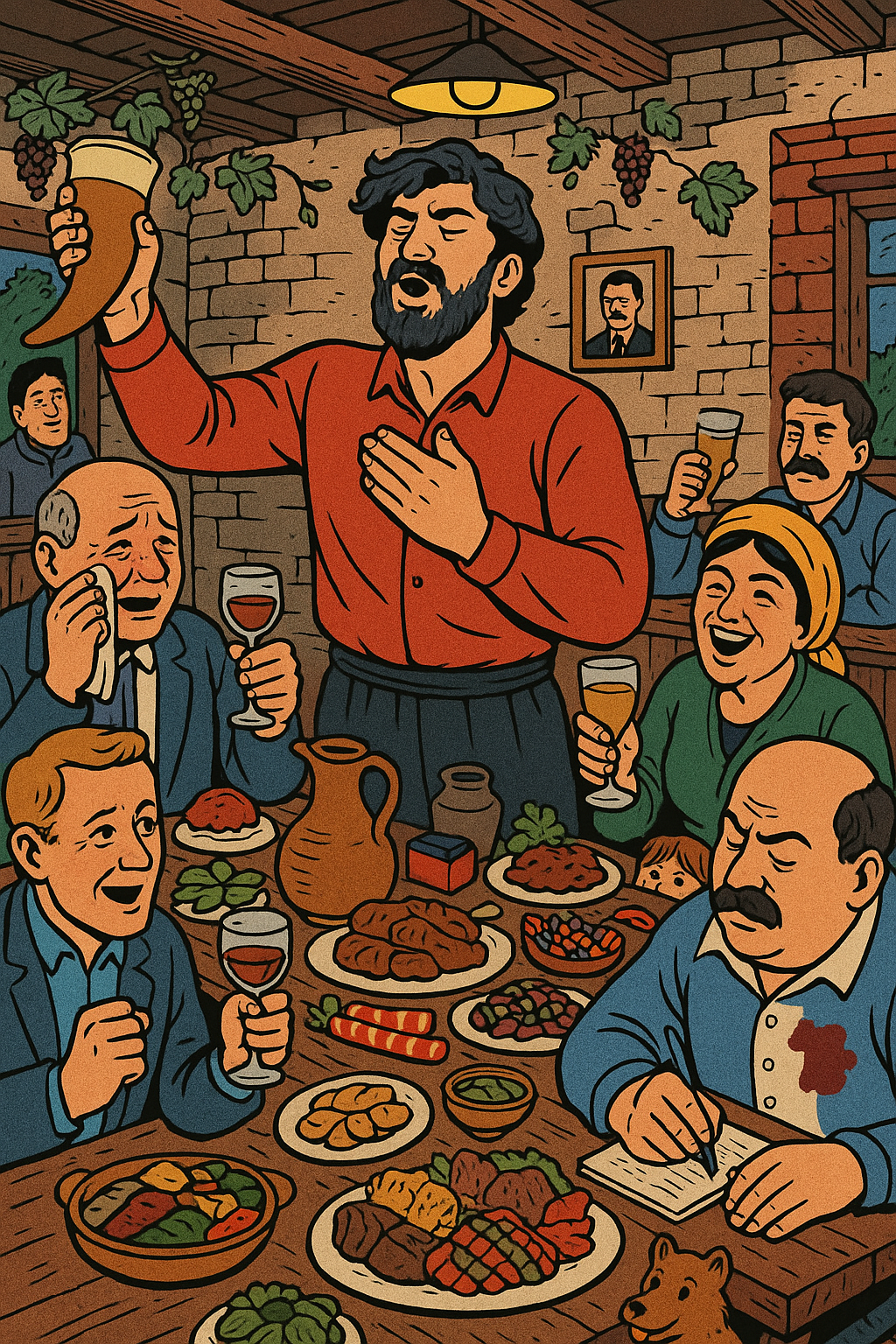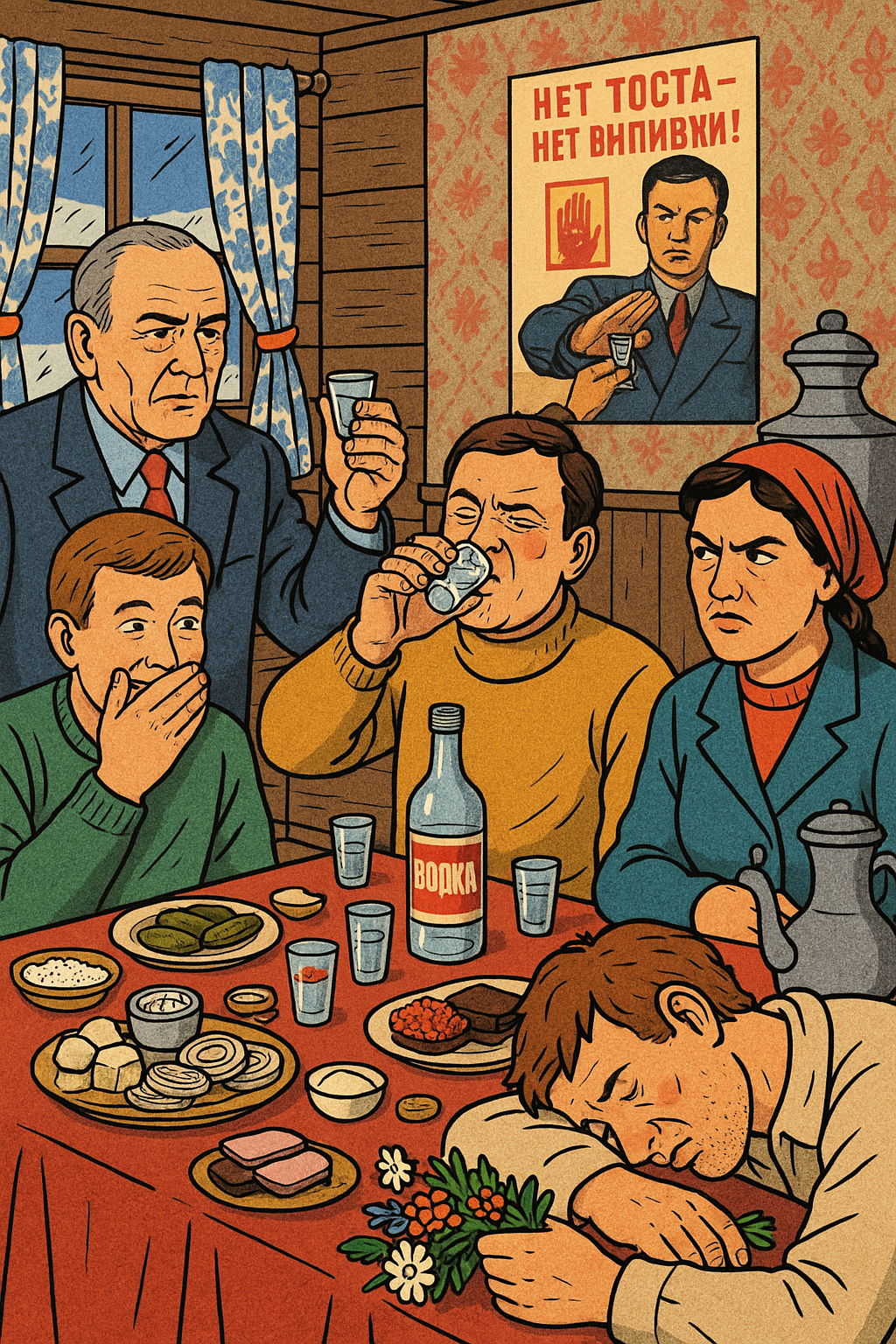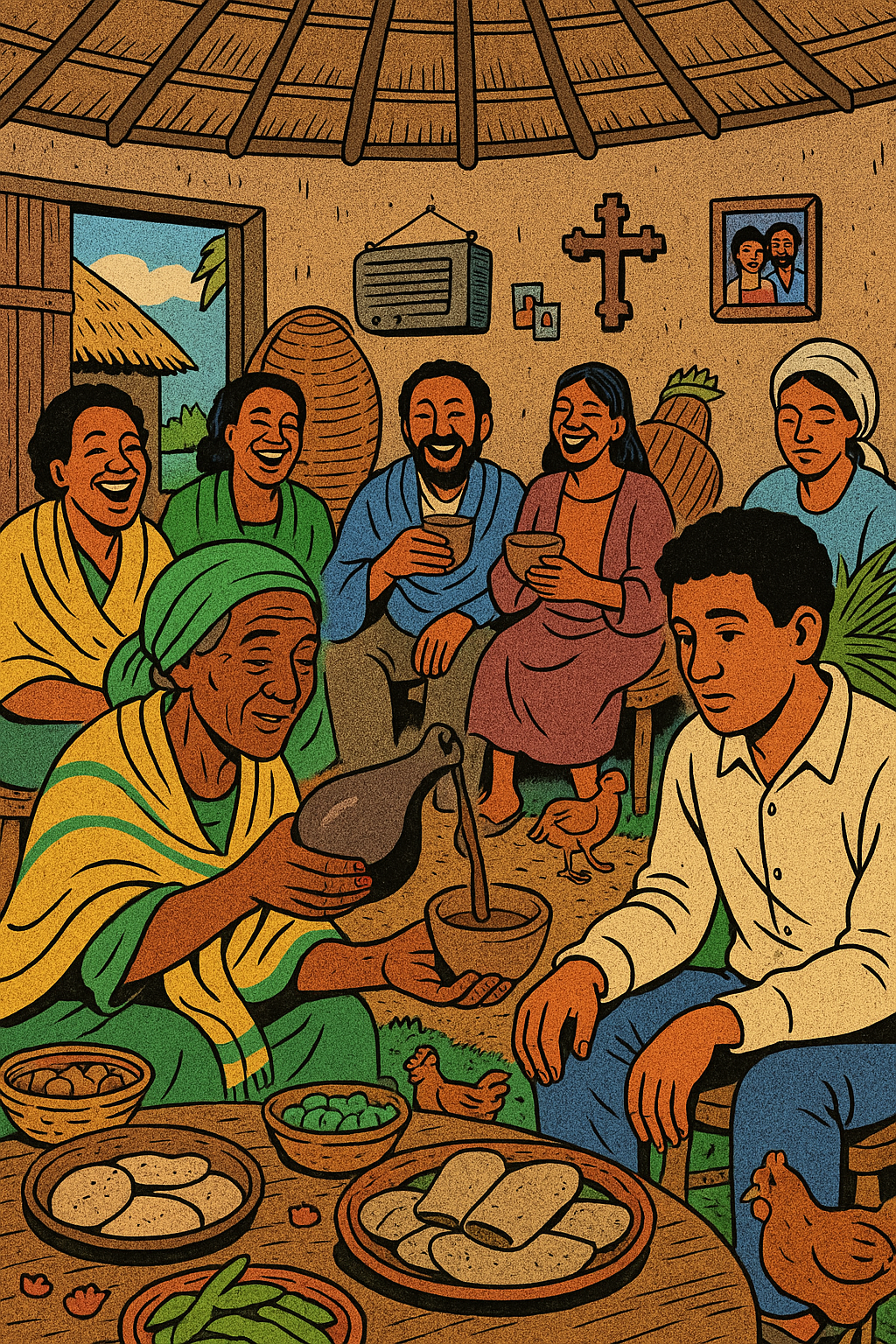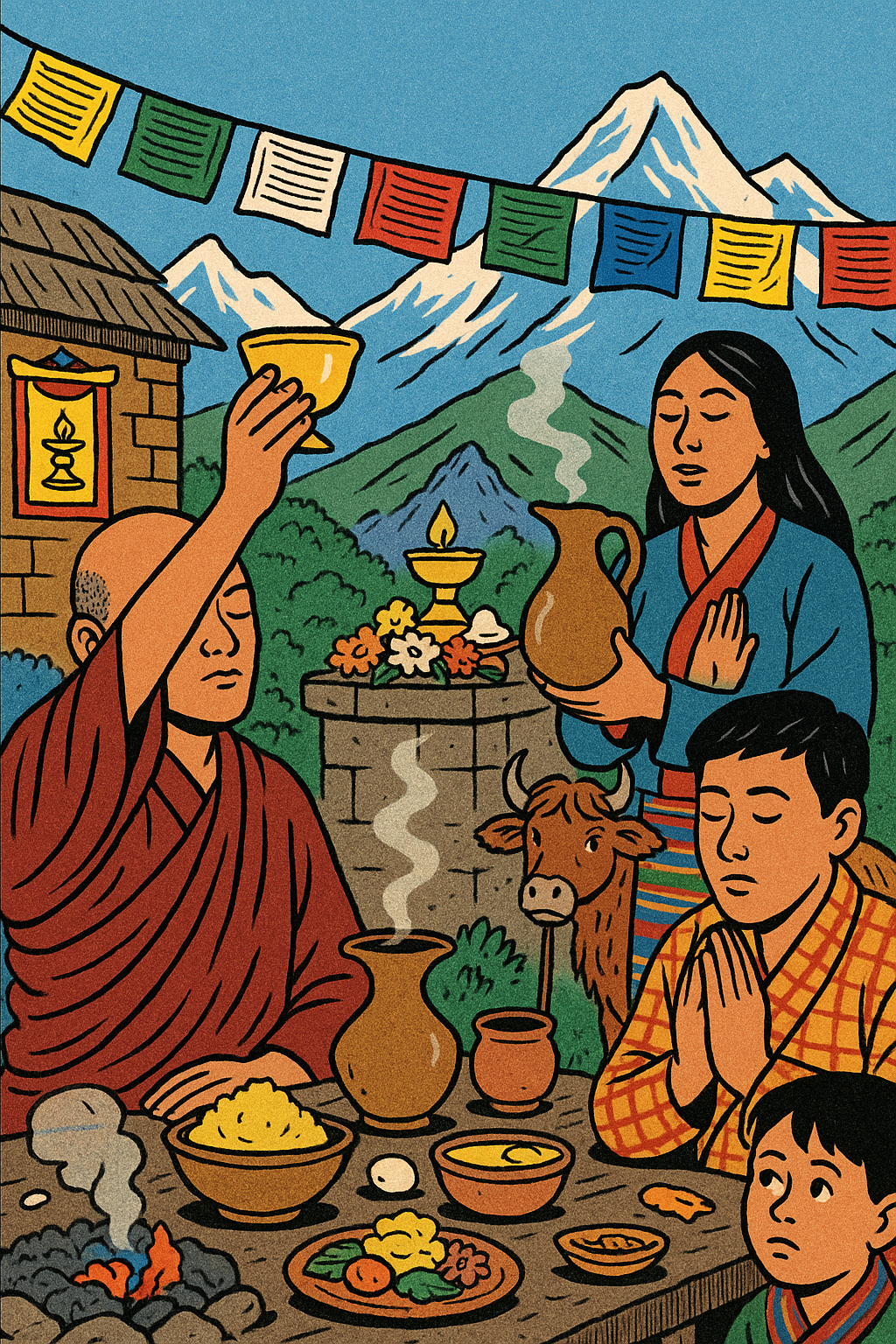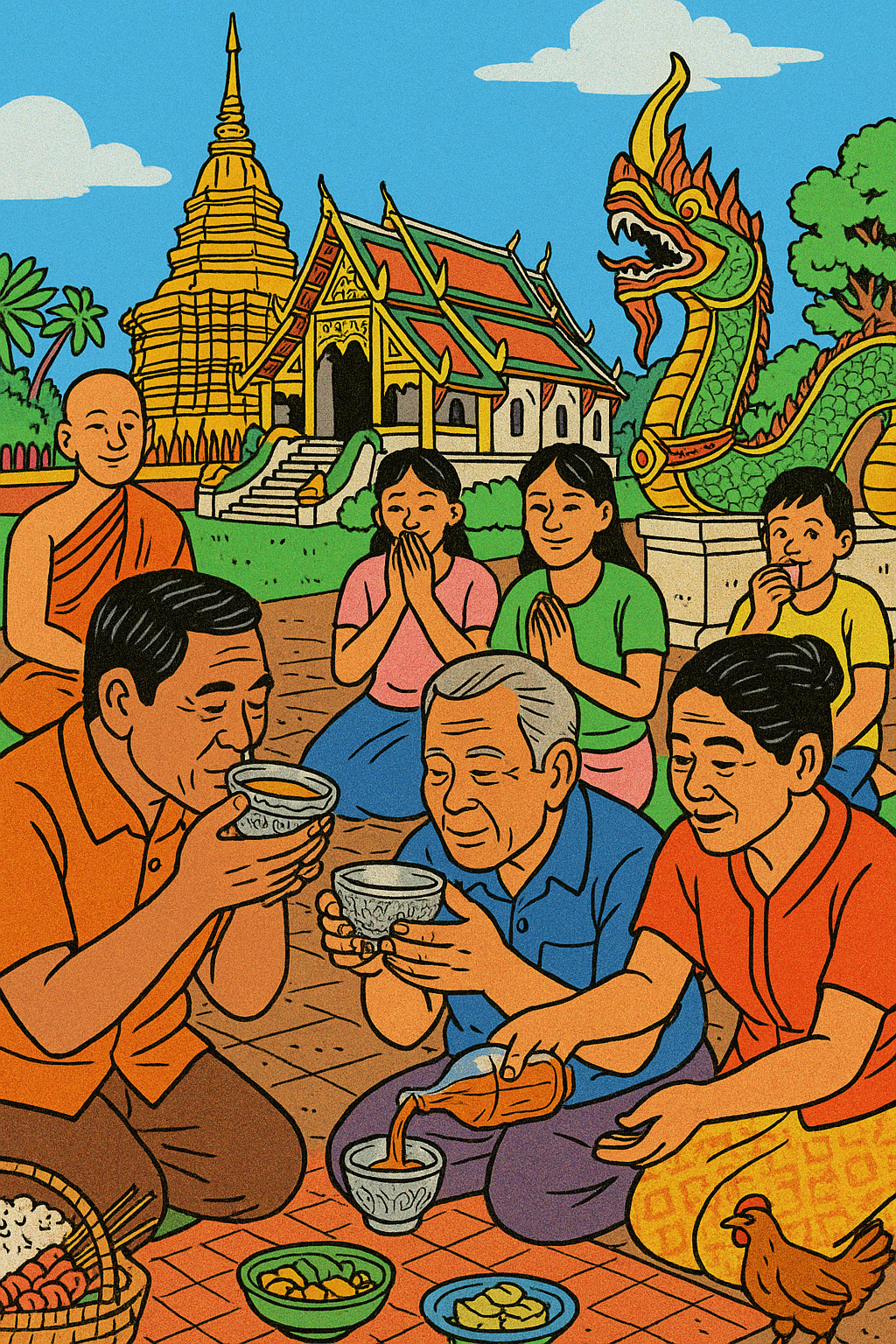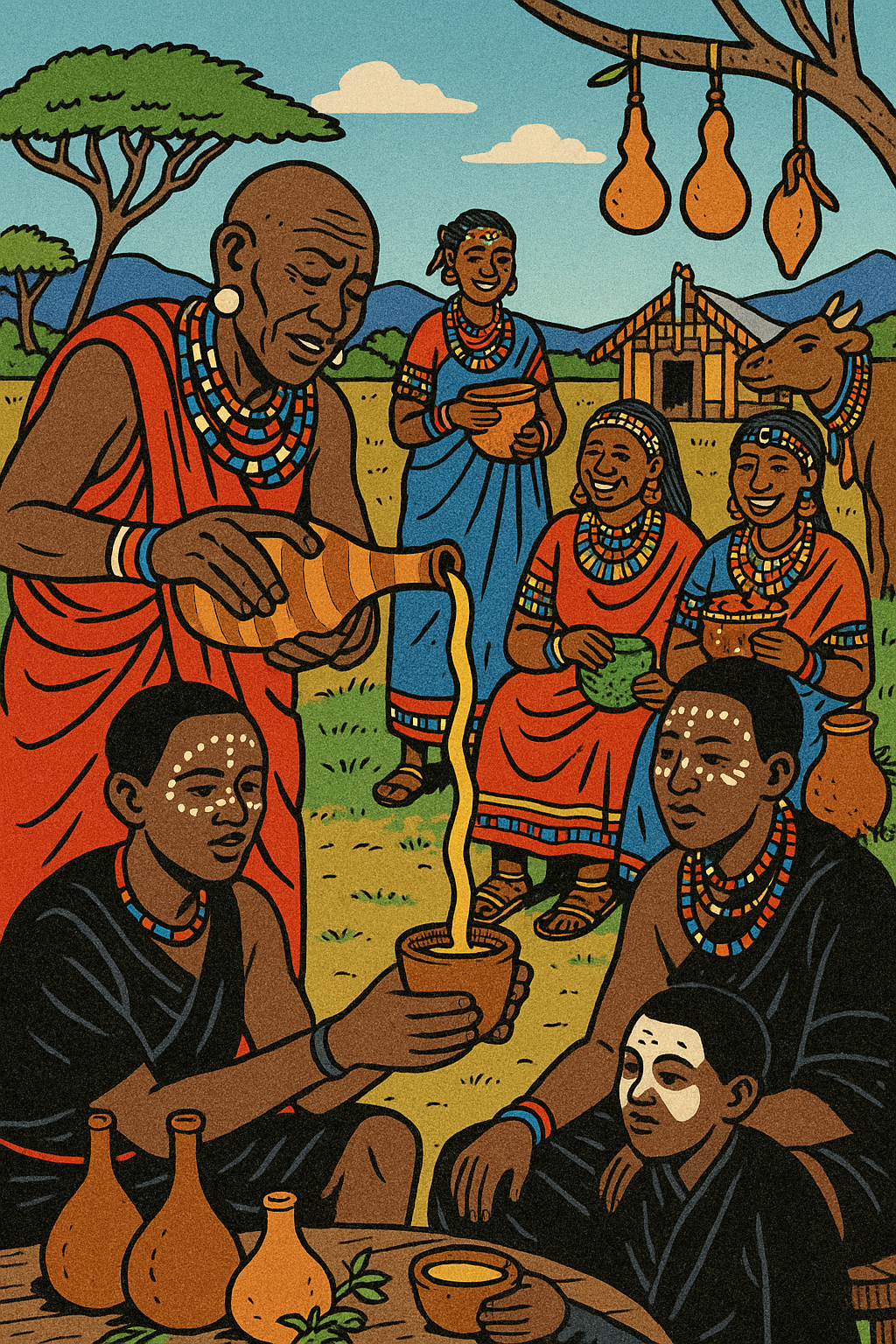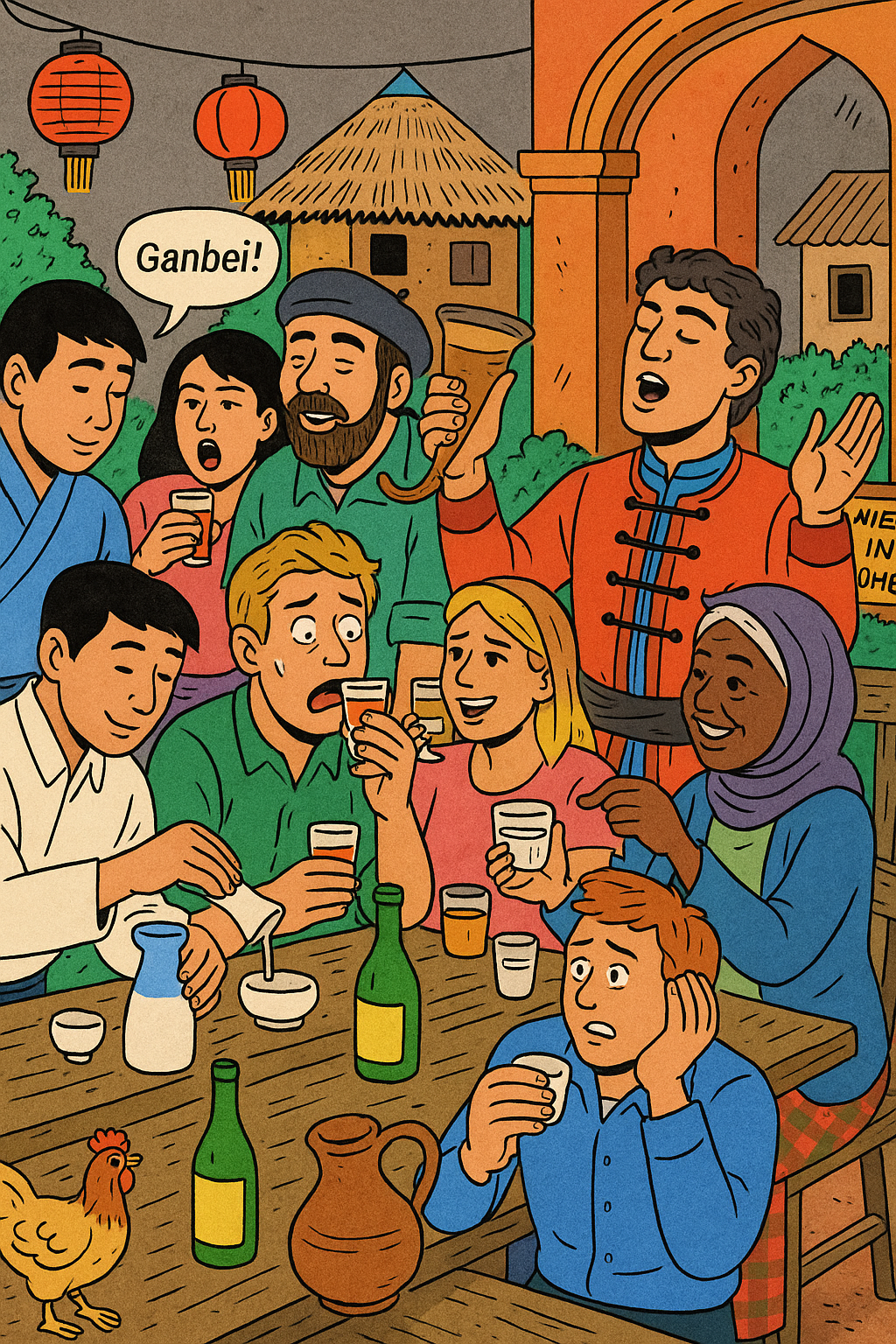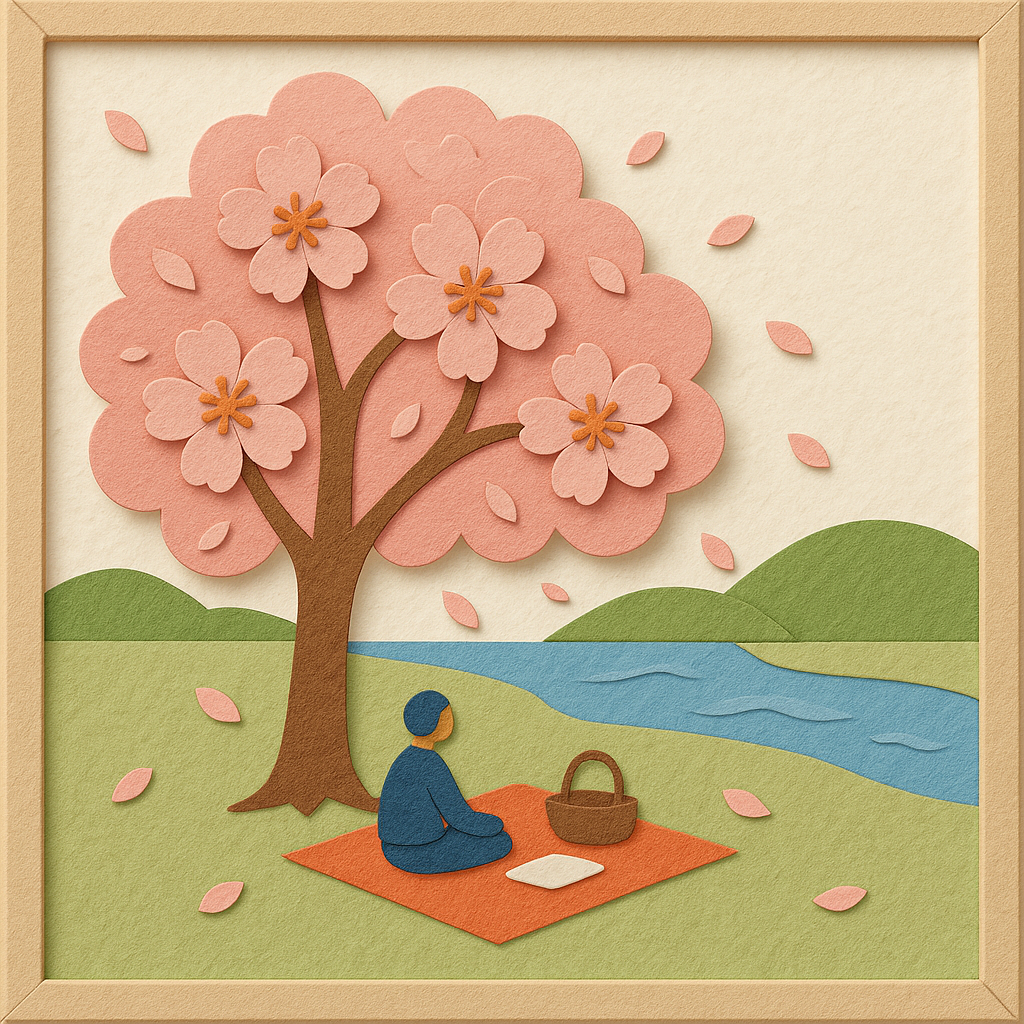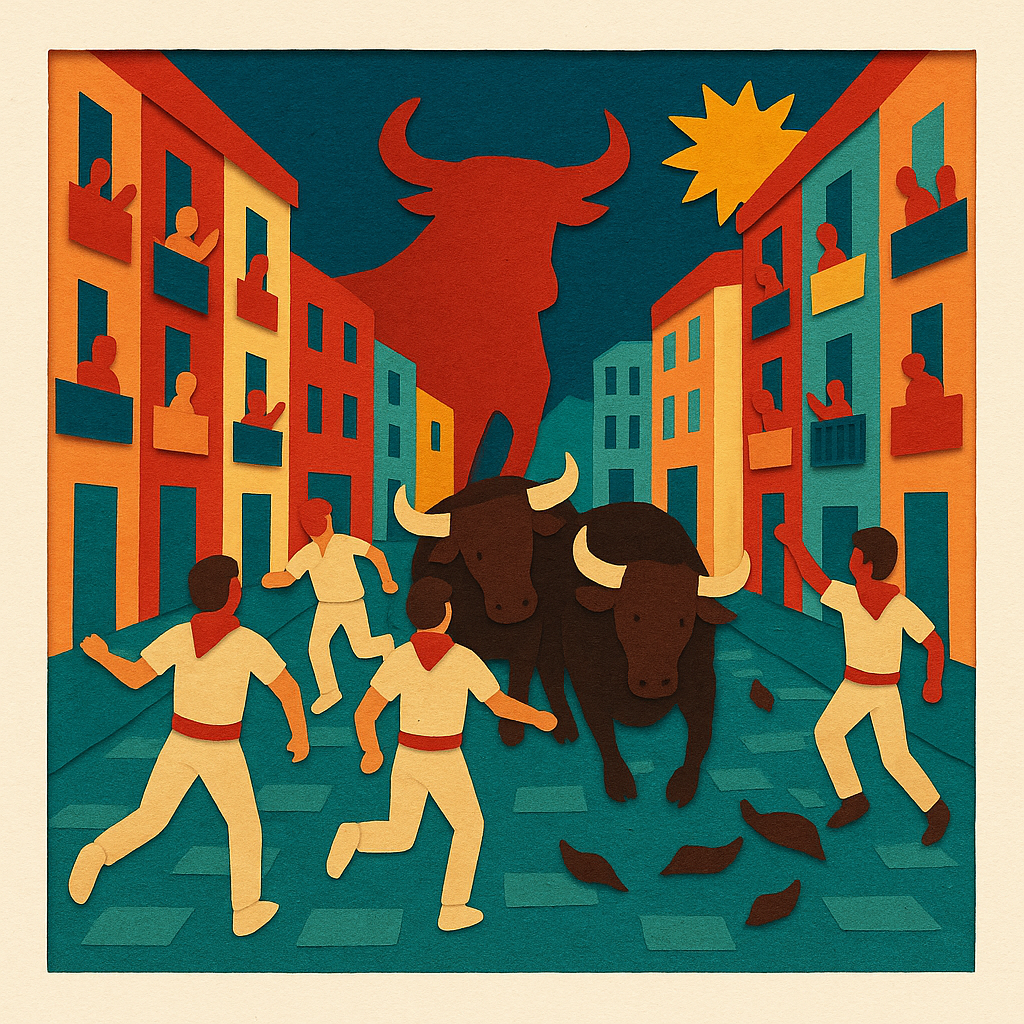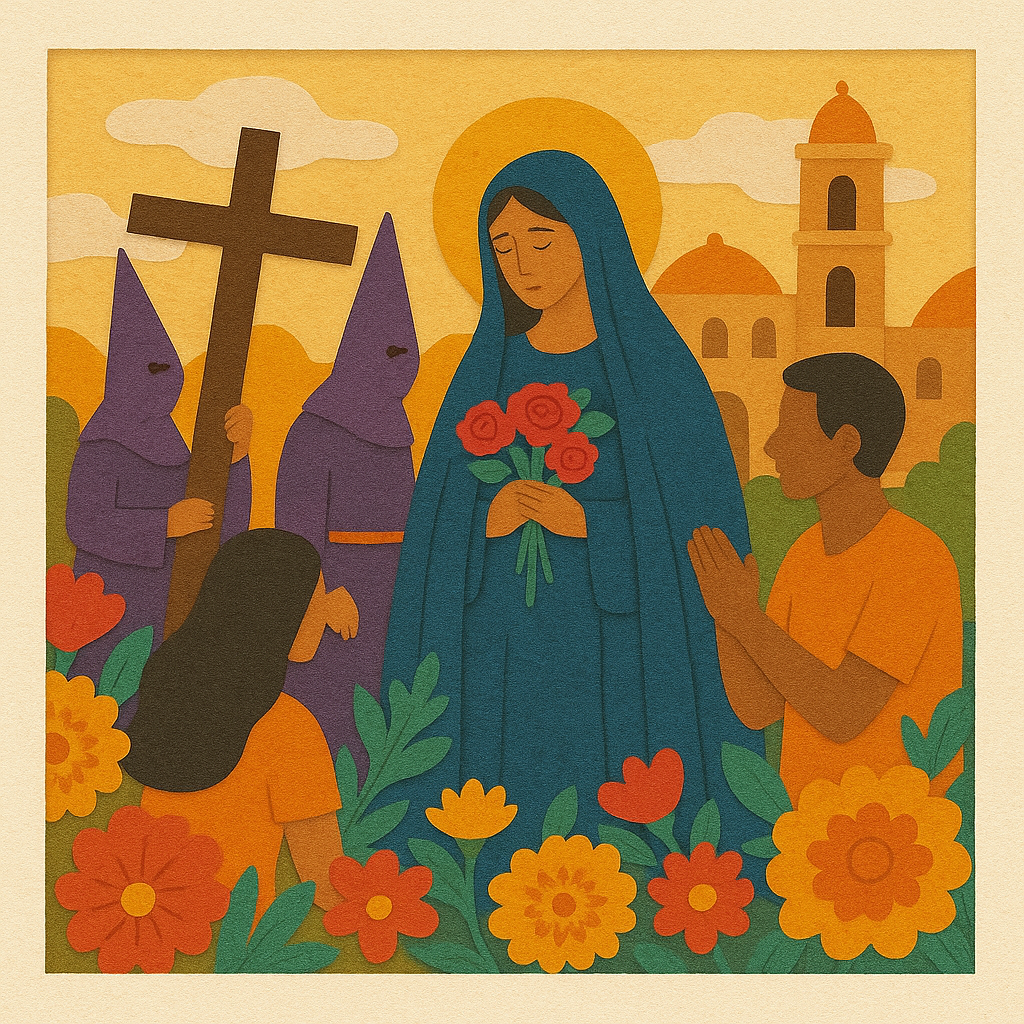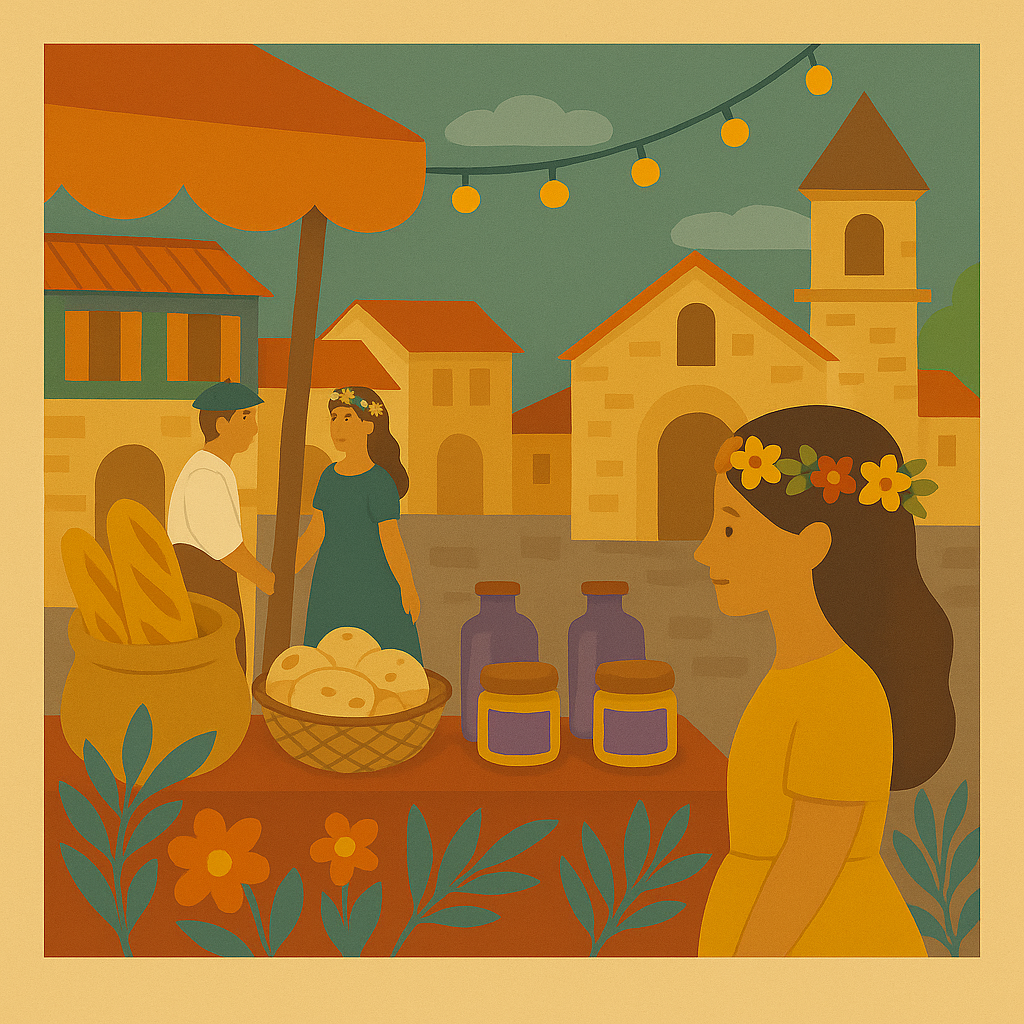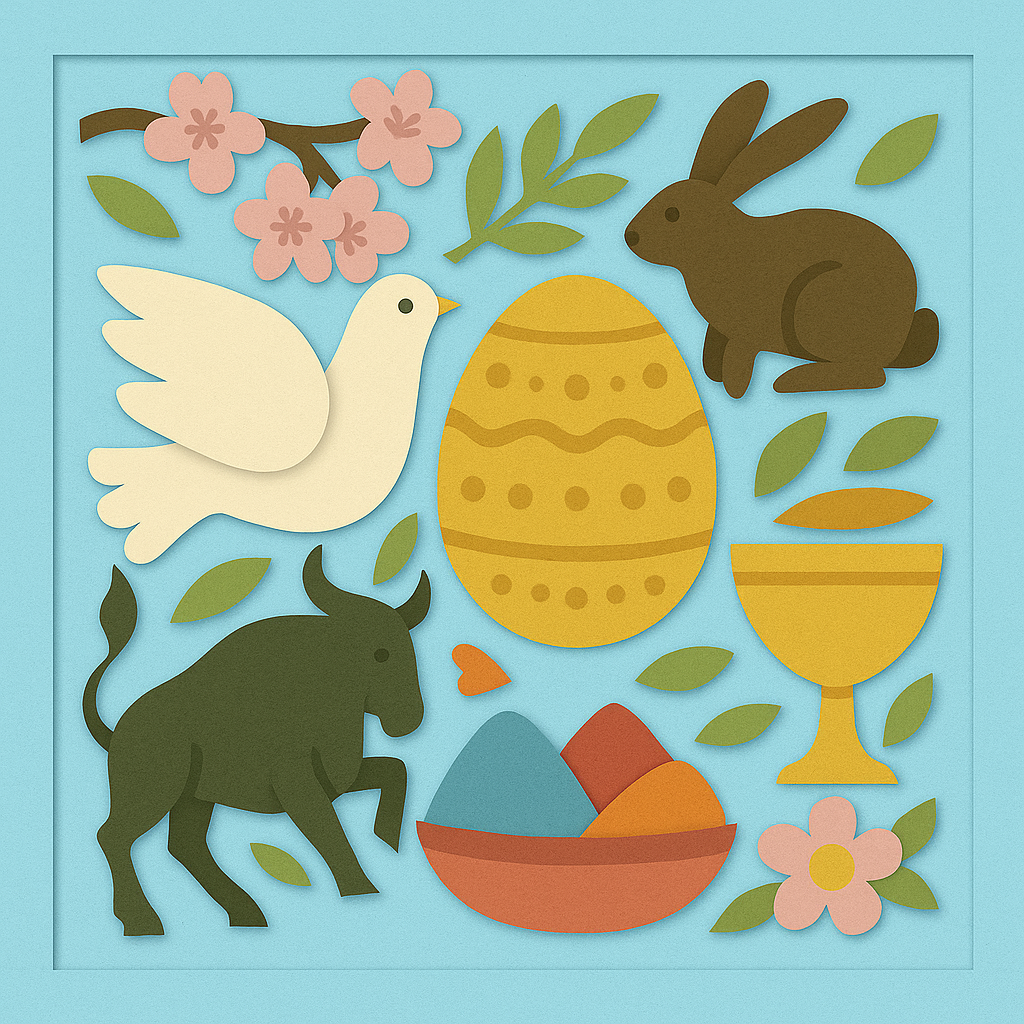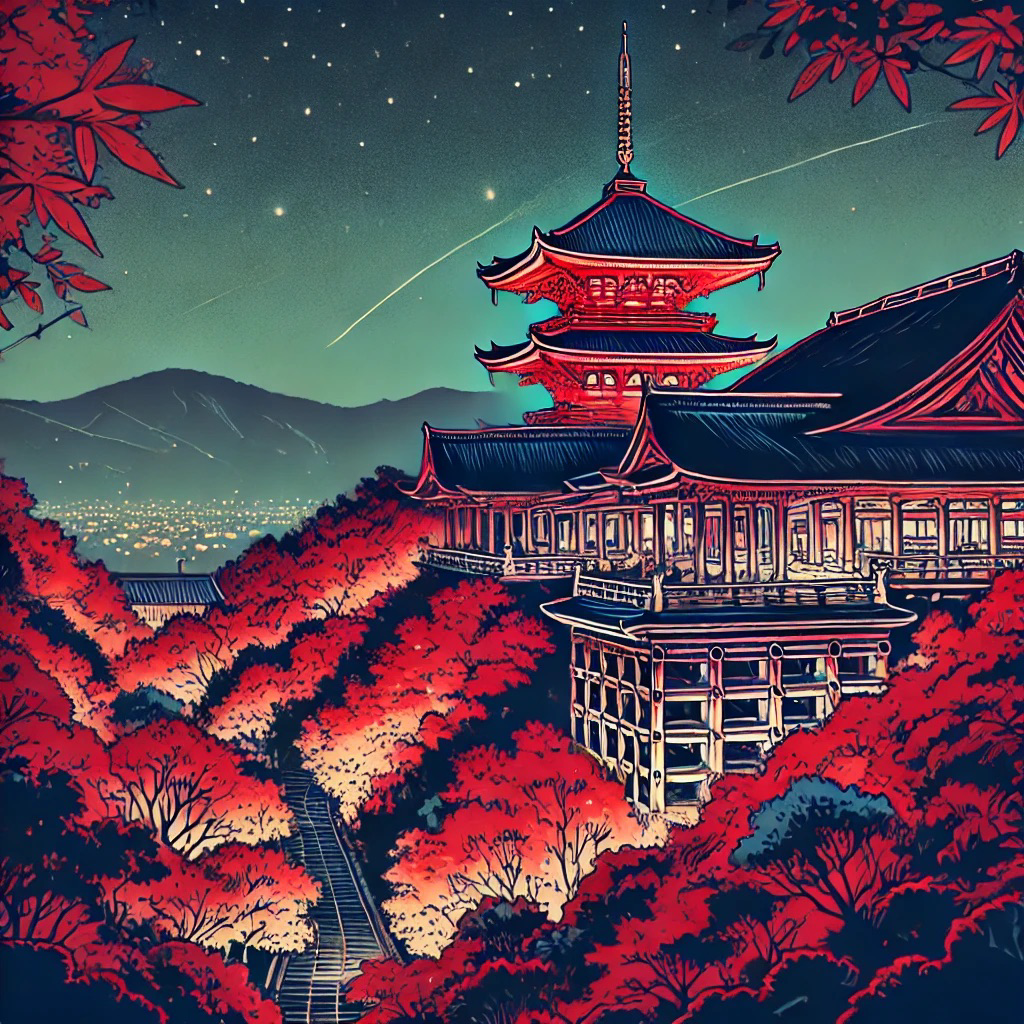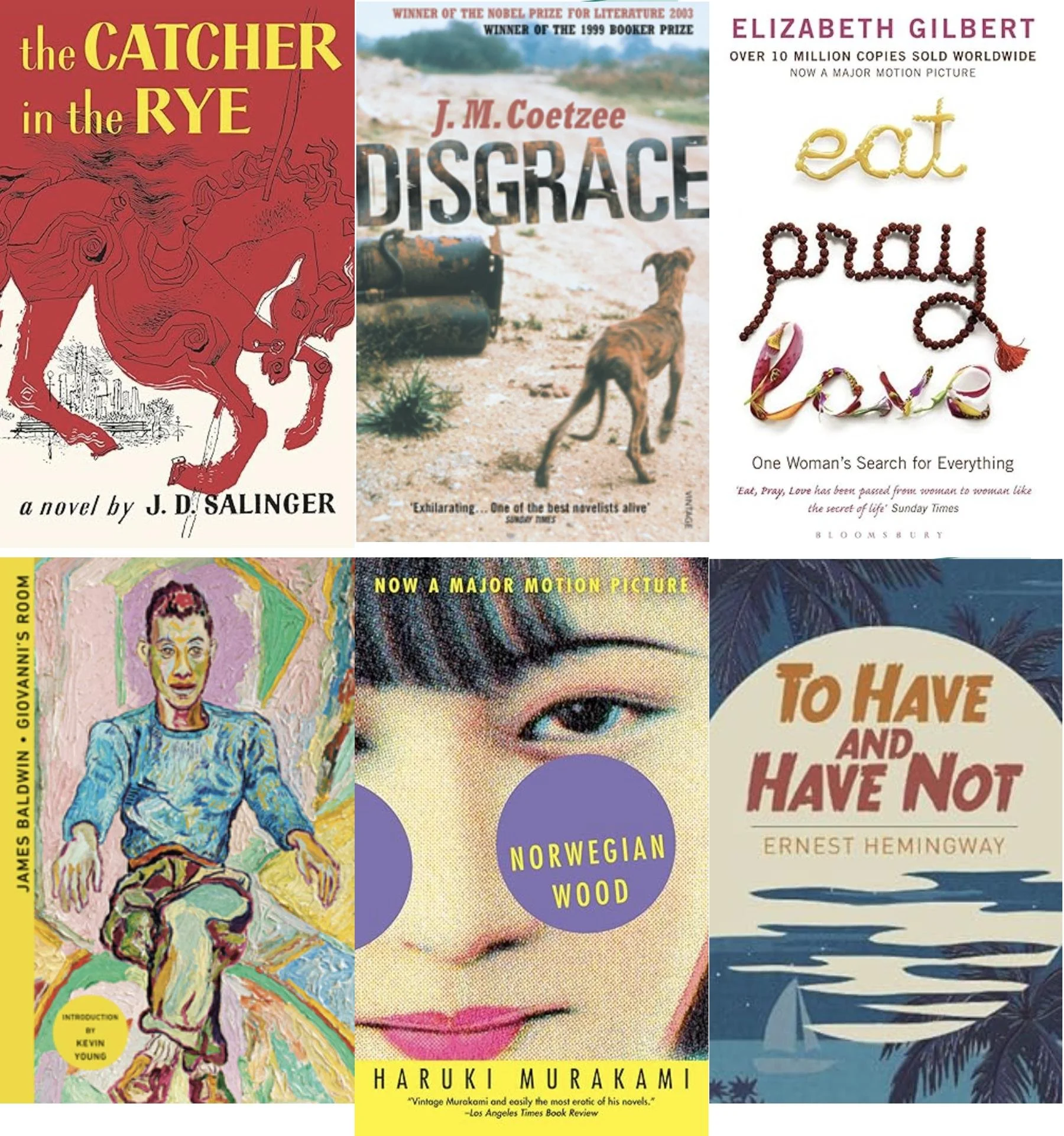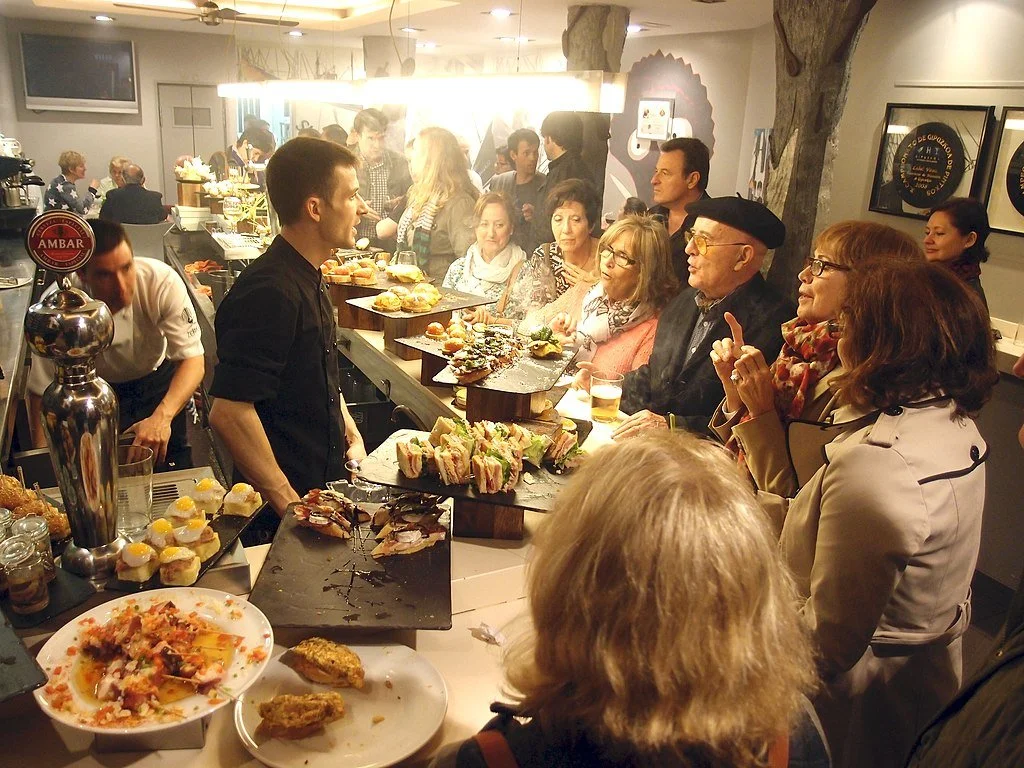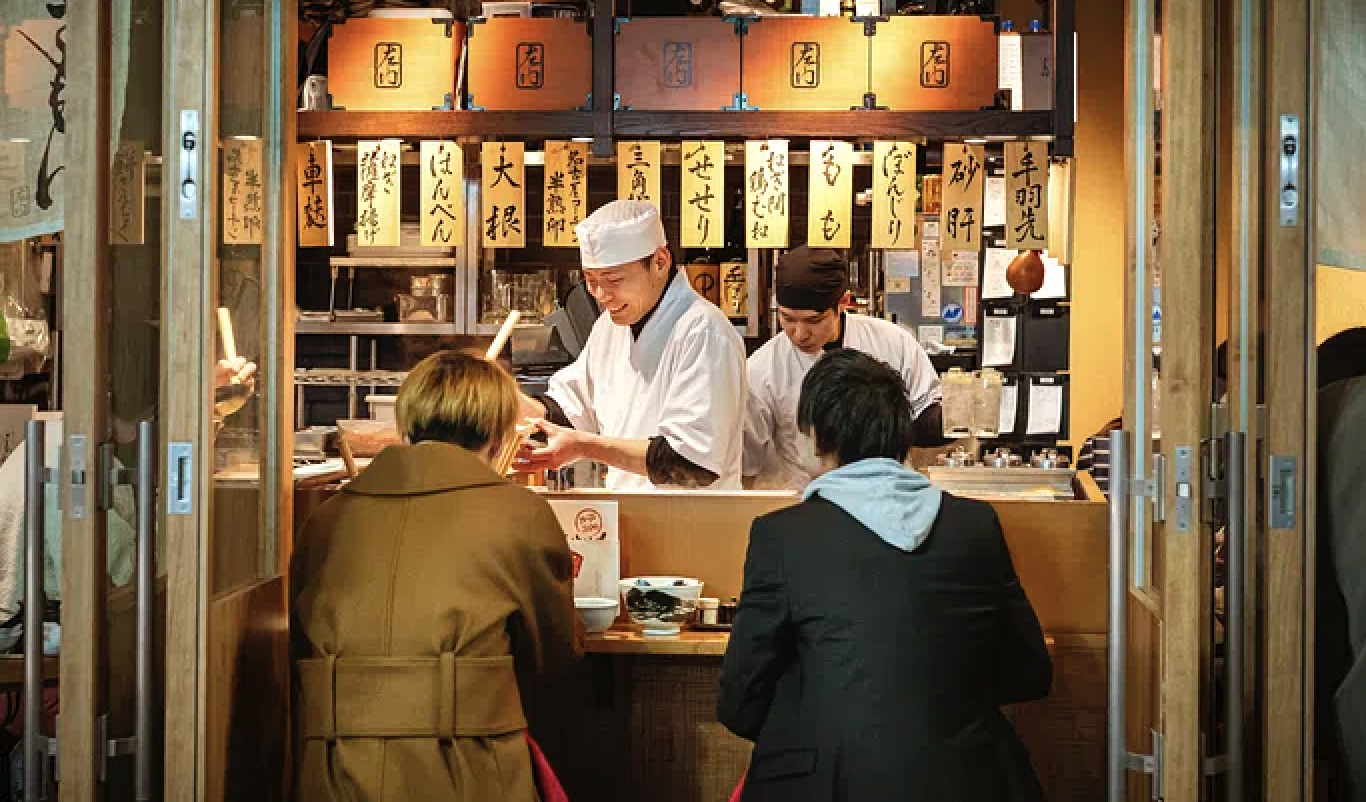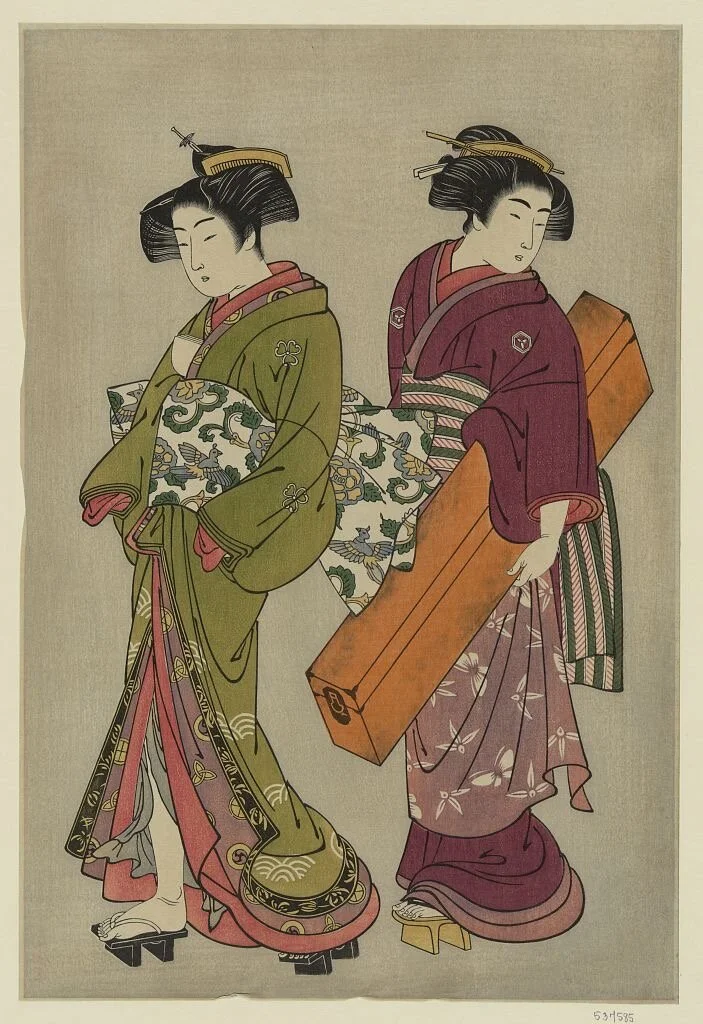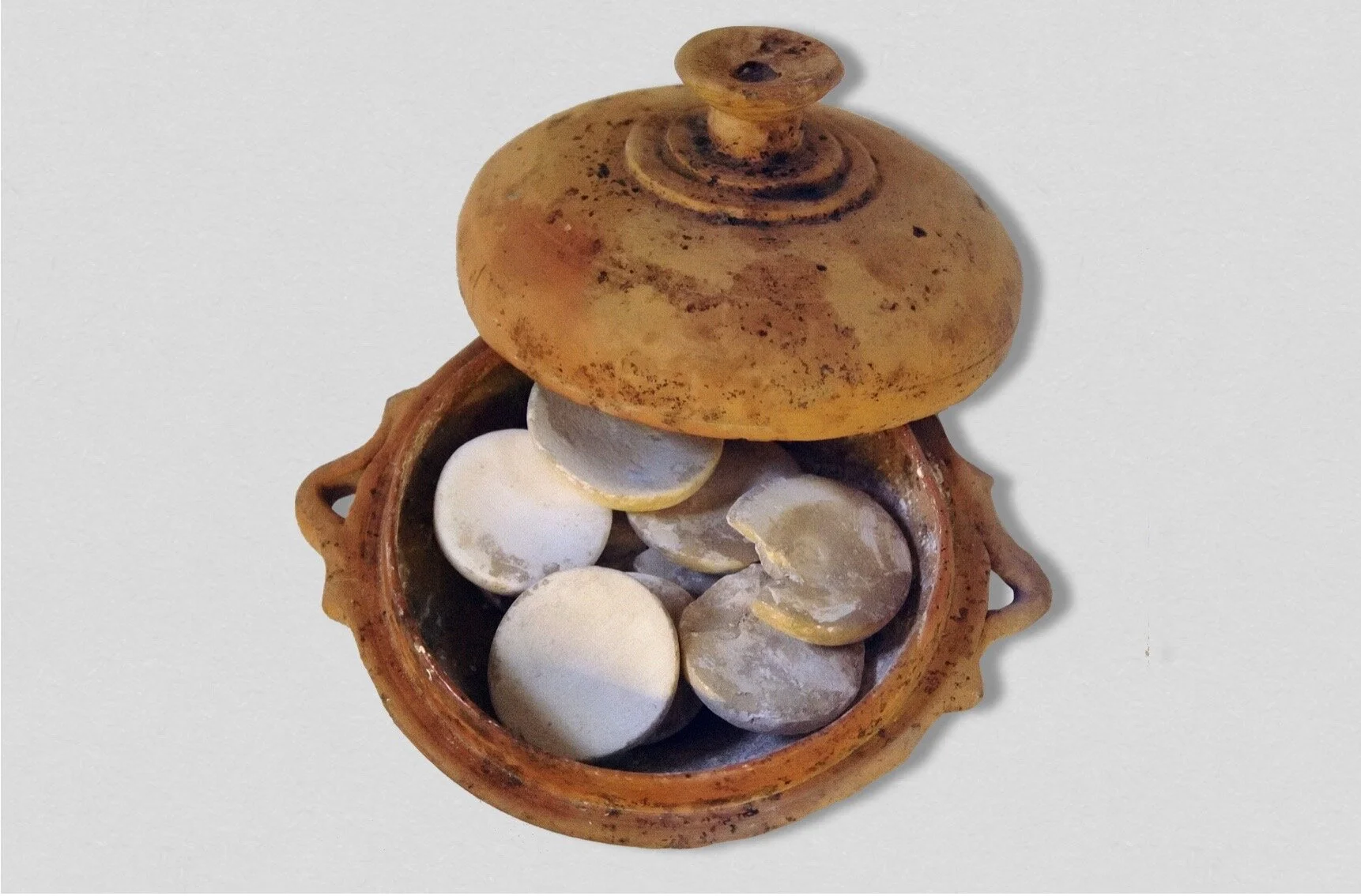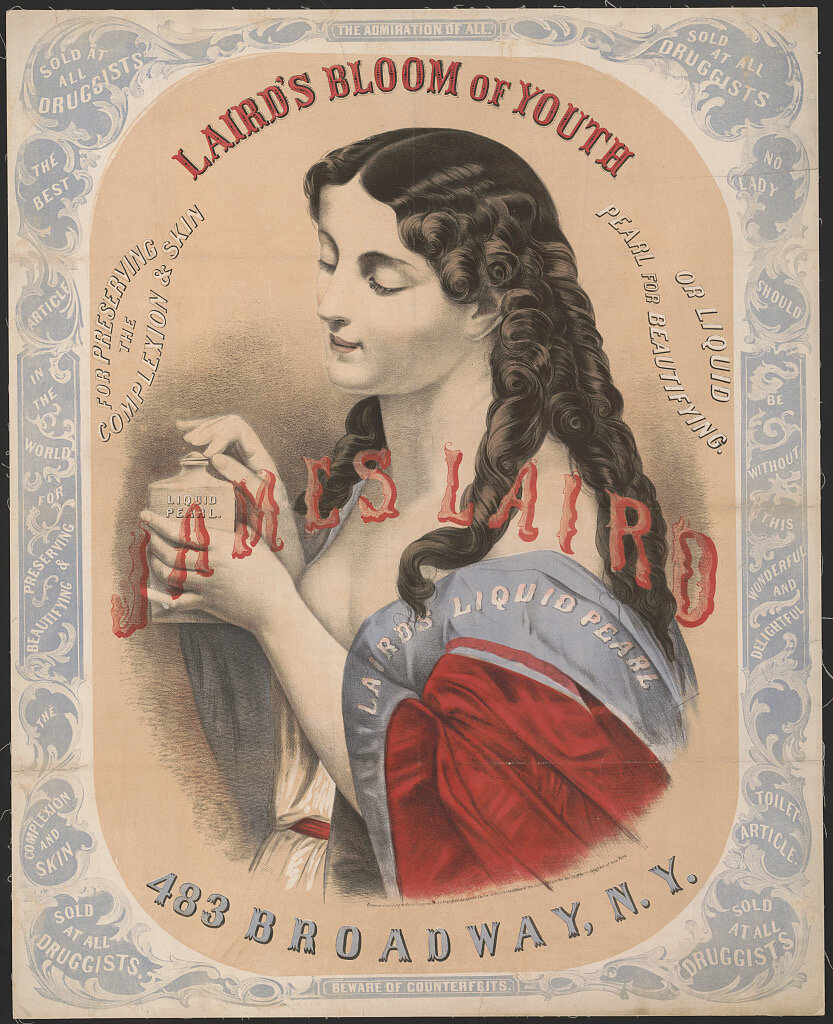Travel the globe one drink at a time — from sake ceremonies in Japan to vodka toasts in Russia — and explore the sacred drinking rituals that reveal the heart of a culture.
We’ve all had that moment: reclining on a sun-drenched patio, swirling a chilled drink, maybe a Malibu Bay Breeze, and thinking, Now this is living. But while your fruity cocktail might scream “vacation mode activated,” in many parts of the world, drinking goes far beyond recreation. It's ritual. It’s social glue. It’s ceremony, symbolism and, in some cases, sacred law.
Whether it’s the whisper of steam from a rice wine gourd in Bhutan or the thunderous clink of vodka glasses in Siberia, humanity’s connection to alcohol is as diverse as our languages and landscapes. So, if you're the kind of traveler who likes their libations with a dash of folklore, a twist of history, and a splash of anthropological intrigue, cheers to you. Let’s tour the world, one unusual drinking ritual at a time.
1. Japan’s Sakazuki Ceremony: The Art of Mutual Respect
In Japan, drinking isn't just about getting merry — it’s a ballet of etiquette and mutual reverence. Nowhere is this more evident than in the sakazuki ceremony, where two people exchange cups of sake to seal a bond. It can be between friends, business partners or during wedding rituals.
The process involves bowing, pouring for one another, and sipping from each other’s cups. If it sounds intimate, that’s because it is.
But beware: Hierarchy matters. If your boss pours for you, you’d better accept it with both hands and bow like your job depends on it — it just might.
2. Peru’s Pachamama Offering: A Sip for the Earth
Head into the highlands of Peru, and you’ll quickly learn that no drink enters your body without first blessing the earth. Before sipping chicha (a fermented corn beer), locals spill a few drops onto the ground. This is a symbolic offering to Pachamama, the Andean earth goddess.
This practice isn’t just reserved for locals, though; travelers who show respect are invited to share in the ritual. Just remember: Spill before you sip. Otherwise, you may offend a deity — and your host.
This reverence for nature in drinking rituals speaks to a deeper connection between land, spirituality and celebration. It’s not about intoxication. It’s about inclusion.
RELATED: The Pishtaco of Peru
3. Georgia’s Supra: Toasting as a Competitive Art Form
No one toasts like the Georgians. And I mean no one. At a Georgian supra (a traditional feast), the tamada — a sort of designated toastmaster — leads an elaborate series of poetic, philosophical and sometimes comedic toasts that can go on for hours.
Each toast is met with wine horns raised and glasses drained. Guests are expected to participate, and interruptions are frowned upon. This is a structured, sacred ritual of storytelling, memory and reverence, made glorious with amber-toned Georgian wines.
There’s even a formal etiquette to how you hold your glass and how you respond to a particularly moving toast. Think TED Talk meets tavern.
4. China’s Ganbei: Bottoms Up…or Else
In China, saying “Ganbei!” (干杯) is more than a simple “cheers.” It means “dry cup” — a declaration that you’ll finish your drink in one go. And they mean it.
Refusing a ganbei in a business setting is akin to rejecting a handshake. It’s a test of trust and camaraderie. This ritual can turn business dinners into something closer to drinking marathons, especially when baijiu — China’s fiery sorghum liquor — is involved.
Refusing to finish may offend. Finishing too quickly will win you another round. Good luck.
5. Russia’s Vodka Etiquette: Drink First, Talk Later
If you think you know how to handle your liquor, try keeping up at a Russian celebration. Vodka in Russia is a no-nonsense affair governed by strict cultural codes.
Rule one: Toasts come first. Talking, eating, or even breathing too soon after someone raises a toast is considered rude.
Rule two: Never sip. Vodka is taken as a shot, straight.
Rule three: Don’t refuse a round unless you’re ill or driving — and even then, prepare to explain yourself.
The act of drinking vodka in a group is deeply tied to expressions of hospitality and trust. It’s about showing heart (“dusha”), courage and belonging.
6. Ethiopia’s Tela Ceremony: Fermentation Meets Friendship
In Ethiopia, drinking tela, a traditional homemade beer brewed from barley or maize, is a community affair.
Usually made by women and served in small neighborhood gatherings, tela is a ritual of hospitality and kinship. Guests may sit in a circle, drinking from shared containers and swapping stories under woven thatch roofs.
The brewing process itself is communal, passed down through generations, with recipes varying by region and family. Every sip is a testament to shared heritage.
7. Bhutan’s Ara Offering: Drink With the Divine
Bhutan isn’t the first place people think of when they imagine booze, but the Himalayan kingdom has its own take: ara, a rice-based liquor made in homes across the country.
When consumed, it’s often part of a lohso ritual: a prayer for peace, prosperity and warding off misfortune. The ara is sometimes mixed with butter and eggs (yes, really), and offered first to deities or the local lama.
While public consumption of ara is discouraged under Bhutanese law, its role in spiritual and community rituals remains deeply ingrained in local life.
RELATED: Bhutan and More of the World’s Most Underrated Adventure Travel Destinations
8. Thailand’s Communal Cups: Sharing in Celebration
At Thai ceremonies, including weddings and Buddhist merit-making rituals, alcohol often plays a social — not sacred — role. However, what stands out is the tradition of communal drinking from shared cups or small silver bowls (khan) at village gatherings.
This ritual fosters connection, trust and a sense of equality. Everyone shares from the same source, rich or poor, old or young.
Interestingly, some of these rituals are fading in urban centers but remain alive in rural areas, preserved by locals who see drinking as part of a holistic spiritual and social life.
9. The Maasai’s Honey Wine: From Rite to Rite
In Kenya and Tanzania, the Maasai people brew a traditional honey wine that features prominently in ceremonies such as weddings, age-group initiations and spiritual blessings.
Drinking together symbolizes unity and is believed to strengthen bonds between clans. The brew itself — fermented over days — is thick, sweet and often served in gourds.
While it’s not exported or available commercially, it remains an important cultural practice among the Maasai — one that links heritage, land and rite of passage.
Drinking as Cultural Mirror
Across continents, drinks are more than refreshments; they’re vessels of meaning. They tell stories. They set boundaries. They open doors.
Alcohol has long been used to unite communities, mark transitions, and strengthen social structures—an insight that’s as true today in Peruvian villages as it is in downtown Tokyo.
And this is why the next time you're sipping that refreshing cocktail under a lazy sun, you might reflect on how drinks connect us — not just across tables, but across centuries and civilizations.
Tips for the Culturally Curious Sipper
If you’re planning to engage in local drinking customs during your travels, here are a few do’s and don’ts:
DO research ahead: Some rituals have sacred meaning, and missteps can be disrespectful.
DON’T chug everything: Unless the culture dictates it (hello, China), pacing is usually fine.
DO accept if offered: In many cultures, declining a drink can signal rejection of hospitality.
DON’T assume Western norms apply: One person’s toast is another’s offense.
DO participate wholeheartedly: The ritual is often more important than the drink itself.
So, here’s to the world’s drinkers — not the binge crowd, but the ceremonial sippers, the storytellers, the sacred pourers. To the women brewing tela in Ethiopia, to the Andean farmers offering chicha to the gods, to the Japanese executives bowing over crystal sake cups.
And to you, fellow traveler, who now understands that sometimes, a drink is just a drink… but sometimes, it’s the soul of a people poured into a glass.
Cheers—or as they say in Georgia, “Gaumarjos!” –Ivana Babic
RELATED: Bizarre Foods Around the World


